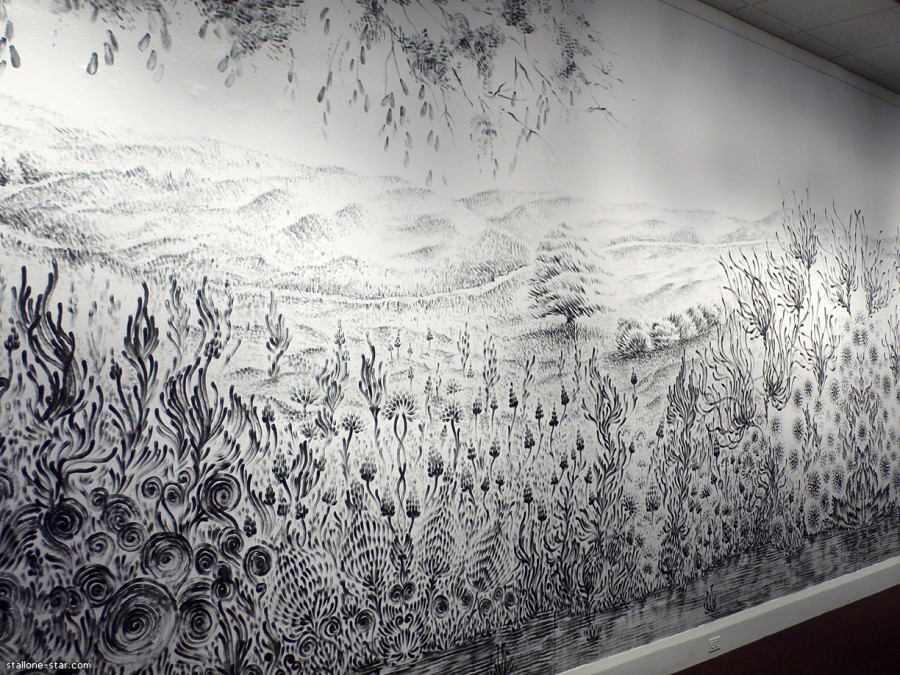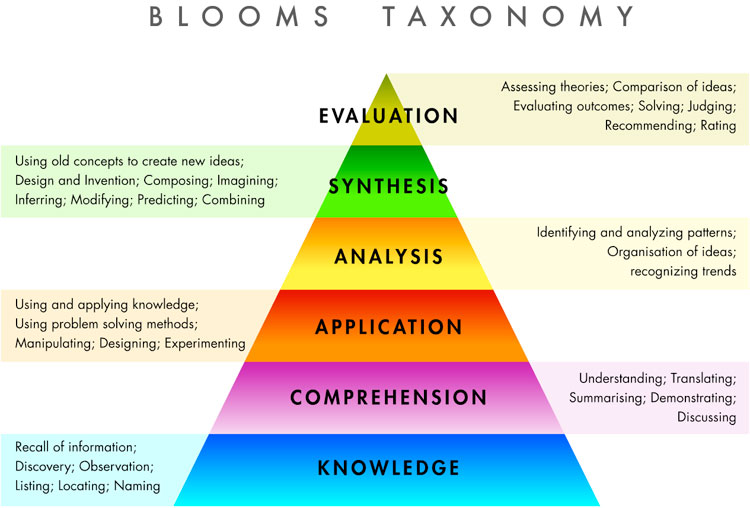On November 11th Taryn and Amanda taught their lesson on Mark making we were introduced to artists Zemer Peled, Ushio Shinohara, and Wiliam Anastasi.

Zemer Peled,
Throwing clay aginst Wall 2012
some other artworks by this artist



I liked that Amanda an Taryn introduced the class to these artists who have a spontaneous and unpredictable method of making art. Their lesson was very similar to Zemer Peled's
Throwing clay against Wall 2012. We were all given three pieces of clay. There was a table in the middle of the classroom, the table had many different organic objects including rocks, bark, leaves, roots ect.. We were told to take one object and make impressions of our objects into the clay as well as make one impression using our hands or a clay tool. They told us not to get attached to these creations. I think this assured the class that their was no pressure to create a magnificent piece of artwork. Taryn and Amanda had a huge sheet of white paper taped to the ground. After about 5 mins, they asked us to come gather around the sheet of paper. We were all told to throw the clay at the paper. After we all threw the clay Amanda and Taryn noticed a problem, not everyone's clay stuck to the paper. So Amanda encouraged everyone to spray the clay the next time around.I thought this was great improvising on their part! We threw the second then the third piece of clay.During the project Taryn reminded us to pay attention to the composition of the artwork, if one spot was empty we might want to fill it with clay to keep the composition balanced. I thought it was great that they guided us in the creation process while teaching us terms like composition,balance and texture. At the end we all talked about the artwork. Taryn pointed out how the clay represents positive space and the white paper represents negative space. Some students noted that the color of the floor was cohesive with the clay color and added to the artwork. Amanda and Taryn had a viewfinder that they drooped on the artwork. It randomly drooped and then we talked about the composition the viewfinder set up. They gave a few students a turn to drop the viewfinder. This lesson is an excellent way to have some fun and learn at the same time. Throwing the clay was such a release of tension and as college students we all need to find ways to do this. Great job Amanda and Taryn! Think I'm going to go throw some clay now!!!
























